
GG文組幣圈求生 all in web3
Comment on five web 3.0 decentralized social applications and publishing tools worthy of attention
When the bull market was hot at the beginning of the year, a large number of social dapps came out, each claiming to move web2 community software such as Twitter, FB, IG, and BBS to the blockchain. These so-called socialFi sounded emphasizing the spirit of web3 , decentralization and ownership, in fact, the spam of shitcoins with only short-term value creates hot spots and the myth of woolen riches for early users. The vast majority of these social dapps are pump-and-dump financial games colluded by the coin and wool parties. Users, developers, and investors all come here for short-term profits.
The current bull market just makes it possible to more clearly assess the current Web3, which is a more interesting decentralized social application that is still alive and doing practical things. The following introduces five active decentralized social applications on Web3 one by one:
1. Mirror.xyz
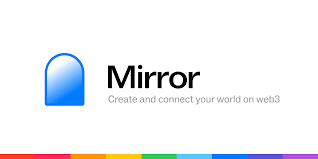
Yangchun's concise decentralized publishing tool
Mirror is currently the most well-known and most active user of the web3 social product in the currency circle. The function of Mirror is similar to that of traditional blogs, but you are very web3 native when you post on it, and you have a special force in the circle. Its success is not only due to the power of KOLs in the currency circle to bring goods, but also to a certain extent because web2 social giant platforms such as Google and Meta have abandoned or deliberately excluded the simple long blog post publishing service, leaving some kind of empty space. window, Mirror has thus produced a substantial niche that is different from the aforementioned massive web2 copy cats.
Users only need to use their wallet to connect to the Ethereum network, and then they can create a post page belonging to a specific ENS. Users can post for free and unlimited free modifications on the top. The platform will automatically upload your content to the decentralized cloud storage IPFS through Arweave, and the content of the post can also be immediately set as a free Quantitative NFT is priced, and those who like the article can directly mint and bookmark the NFT of the article to sponsor the author.
Bad social experience and organic traffic
However, what is criticized is that the current experience of Mirror is still very positive. Although the SEO effect is not bad when posting articles, the user interface (except for the NFT system) lacks any built-in social interaction function. You cannot leave messages or follow different authors to build your own reading feed, and the system will not automatically push broadcasts. relevant content to readers.
If the person who posted the post is not a big V with established traffic, or can be promoted through external relations, it is difficult for ordinary people to accumulate attention by simply posting on it (sharing the Mirror link on twitter may be the best solution for ordinary people to expand their reach), Because in addition to self-sharing links and reluctant search engines, basically you can't find readers with natural traffic, let alone find buyers who appreciate your NFT articles, the author can't see any read data and traffic sources in the background, This is naturally a failure in terms of writing platforms.
Opensea platform-style decentralization
Regardless of the user experience, even by the technical standards of decentralization advocates, Mirror is still not decentralized enough, the program is not open source, and the front-end and back-end designs that users cannot modify independently are highly dependent on the platform to upload for you. With deletion and modification, rather than uploading the content directly to the chain, the user does not really own the data (does the user have content ownership even if the background traffic cannot be viewed), and it will not automatically hold any ERC-721 NFT after posting, only Rely on the platform to sell NFTs.
Mirror's related technical defects can be found in: Atlas "Redefining Publishing: Mirror Is Not Enough, We Need to Continue Exploring"
Operational and development progress that does not meet valuation
When Mirror is a company team with a huge investment of more than 10 million US dollars, a valuation of 100 million US dollars, and a development history of more than five years, it has only developed to this extent so far. This kind of slow development and operation attitude is really hard to believe. What amazing breakthroughs can Mirror have in the future, but at least he still has a leading position in real applications and traffic in the short term.
Third-party Mirror content search, reader
Due to the slow development attitude of the aforementioned Mirror, the Mirror readers currently seen are all third-party.
- AskMirror
Developed by the Sepana team, which has a leading position in web3 search engines with multiple groups of search engines.
- MirrorBeats
Built by Chinese blockchain media "Block Rhythm".
- Bress
Developed by Cyberconnect, mainly in Chinese, it works with CuratorDAO and provides XML RSS subscription service.
2. Lens Protocol
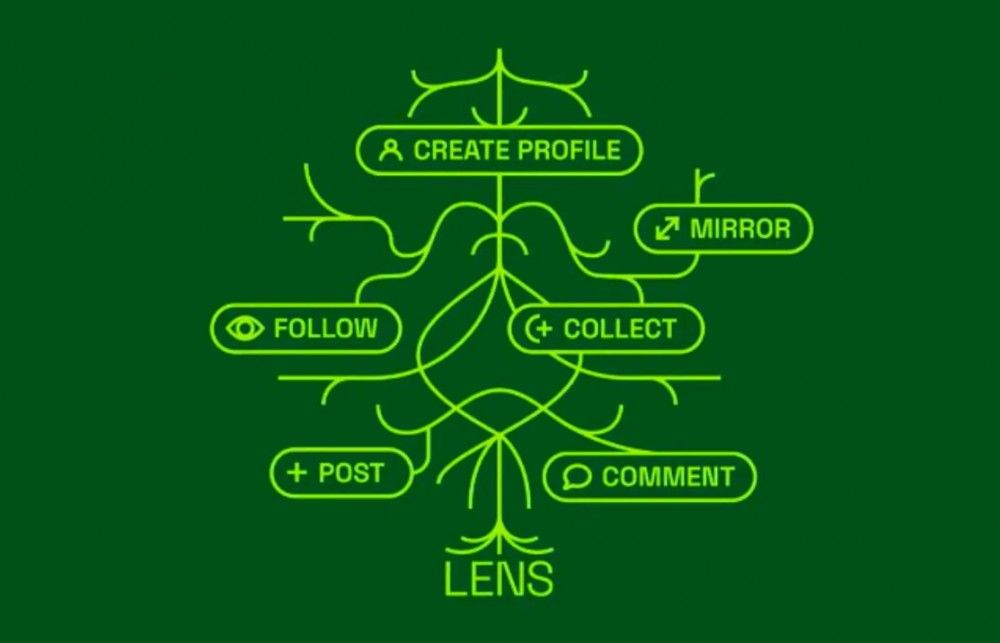
What is Lens Protocol?
Lens Protocol itself is not a social software, but aims to establish a new on-chain social identity protocol standard, the purpose is to improve (or replace) the Web3.0 network personality with ENS address as the core, and make up for the lack of social network in ENS itself The interactive features are technically limited by Ethereum itself.
The Lens team comes from AAVE's reputational foundation
It is worth mentioning that Lens is a new product launched by the De-Fi lending pioneer AAVE development team. The team has a good developer reputation and user base in Web3. After climbing up, Lens has gradually established a large-scale social application development. Writer ecosystem.
Lens' client application
The current Web3.0 applications based on Lens Protocol are mainly similar to Web2 social software such as Twitter. The difference is that users' followers, postings, messages, and interaction records will be linked to each person's unique profile NFT. Articles will also automatically become personally owned NFTs, enabling users to more directly monetize and trade social content and usage records.
Lens Handle Exclusive Limited Beta
Lens Protocol is still in the stage of small-scale public beta testing. The Lens Handle NFT required to participate in the public beta testing will not be released to the public, nor will it be freely available for free, so as to avoid being deliberately smothered by robot traffic, and at the same time, it also creates a unique sense of honor with a clubhouse-style invitation system. , the last time Handle was distributed on a large scale before May this year, it seems to be only a reward for new users of third-party software in the ecosystem, and there will be sporadic news on Lens' official Twitter.
Deciphering Lens' Ecosystem Strategy
Since Lens Protocol itself is not a social software, it aims to establish a new Web3.0 identity standard that replaces ENS, and at the same time builds a semi-closed and semi-open application ecosystem around Lens. Lens Protocol welcomes various third-party developers to build social software based on the on-chain social identity of Lens. Different Lens social software shares the same social relationship and interaction records, which is equivalent to the friends you have added on Facebook and Twitter. also automatically become friends.
Prosperity brought by the integration of decentralized Web 3.0 communities Potential centralized behemoths
The advantage of Lens design is that it can be integrated and dispersed on various decentralized social platforms. Currently, there are only a few active web3 users. The disadvantage is that such a design actually creates a new behemoth. Without Lens handle your network personality No, you cannot participate in web3 social activities without Lens handle, and unlike ENS, which is based on the Ethereum network, has an open and decentralized decentralized computing verification node, the storage of Lens social interaction data does not promise to be on the chain or It is decentralized storage. In the short term, the operation mode design of Lens has indeed brought about the rare prosperity of the development side and the user side of the web3 track. In the long term, it goes against the original intention of web3 to resist the centralized behemoth.
Notable Apps in the Lens Ecosystem
Within the Lens ecosystem, I think there are a few notable applications:
- Lenster
Lens version of Twitter is most popular on Lens
- Sepana
Lens version of the search engine and content discovery tool
- Tea Party / Iris
Two similar to Lenster are Twitter imitators and feed reading software
- LENSFRENS
Lens' official self-promoted follow tool
- RSS3/RSS3 Piñata
On RSS3, you can directly use ENS to search the user's activities on Lens, and it is an RSS-style cross-platform subscription reader. It is a new member of the Lens ecosystem and will soon launch an exclusive application on it.
- other
Please refer to Lens official website: https://lens.xyz/#apps
3. Matters Matter City

The most like social software Web3 community platform
Matters is among the many Web3 platforms, the least like the base of the Web3.0 Red Army. There may be the most natural writing and reading users (mainly Chinese-speaking circles) here. Most of the users have simple motives and do not come for crypto financial speculation and airdrop rewards. Matters' discussion therefore does not focus on Web3.0 and cryptocurrencies, and like any web2 social platform, it is possible to share daily life, talk about culture, talk about politics or any idea without feeling embarrassed.
IPFSized Medium
The interface and functions of Matters are similar to Medium's writing platform, and the experience is the most comfortable than other Web3.0 platforms. The difference is that the content will be permanently stored on the decentralized storage network IPFS. Each article has an IPFS address, but It doesn't seem to be able to open the platform.
If there is no Likecoin user reward
The relationship between Matters and the blockchain industry is actually not that great. Although there is a built-in Likecoin design, users can get a meager cryptocurrency income because of being liked, and they can also use ENS to connect to the L2 polygon network to log in, but most of them The interaction is still not on the decentralized chain, and the platform management direction does not mean to attract the currency circle wool party. Likecoin itself only has a small amount of transactions in the DEX Osmosis of Cosmos, and the currency price is tragic . It is not listed in any CEX spot or contract. Frankly speaking, the value of the currency is close to zero. Nor does it have the financial resources to forcefully save this charity promotion.
Poor organic traffic
However, as far as platform operation is concerned, the traffic of Matters gives me the feeling that there is a lot of thunder and rain. I want to imitate him), SEO may not be very good in terms of blog publishing tools. For the first time, I saw the background data and found that my serious film review had been posted on the platform for more than two years and accumulated less than 100 people to watch it, which is better than my primary school. It is really distressing that few people read the Chimo blog.
The Dilemma of the Web 2.5 Eclectic
As far as my personal observation is concerned, Matters is still in the position of an eclectic person. There is no such thing as the above-mentioned web3 applications built on the basis of blockchain, which completely empower users on the basis of technology. The algorithm traffic advantage of the centralized hegemonic social platforms Twitter and Meta. However, as I said at the beginning, the number of normal users of Matters still leads by the standard of the web3 platform, and it depends on how the operators of Matters break through.
4. ENS, EIP-1577 and IPFS
As mentioned above, IPFS is a cloud storage system for a decentralized storage network, and the content can be permanently stored on it. EIP-1577 is the Ethereum Improvement Proposal No. 1577. The content is to propose an ENS contenthash, Point the content tag on IPFS to an ENS address. Using this technology, a decentralized blog can be established directly in the name of ENS. However, at present, perhaps only people who are proficient in decentralized technology (such as Vitalik himself) or Ethereum Maximalist are willing to publish content with such technology. At present, it seems that there is no clear emphasis on the user-side concise application of the two, only decentralized In terms of goals, I personally think it is quite an ideal approach.
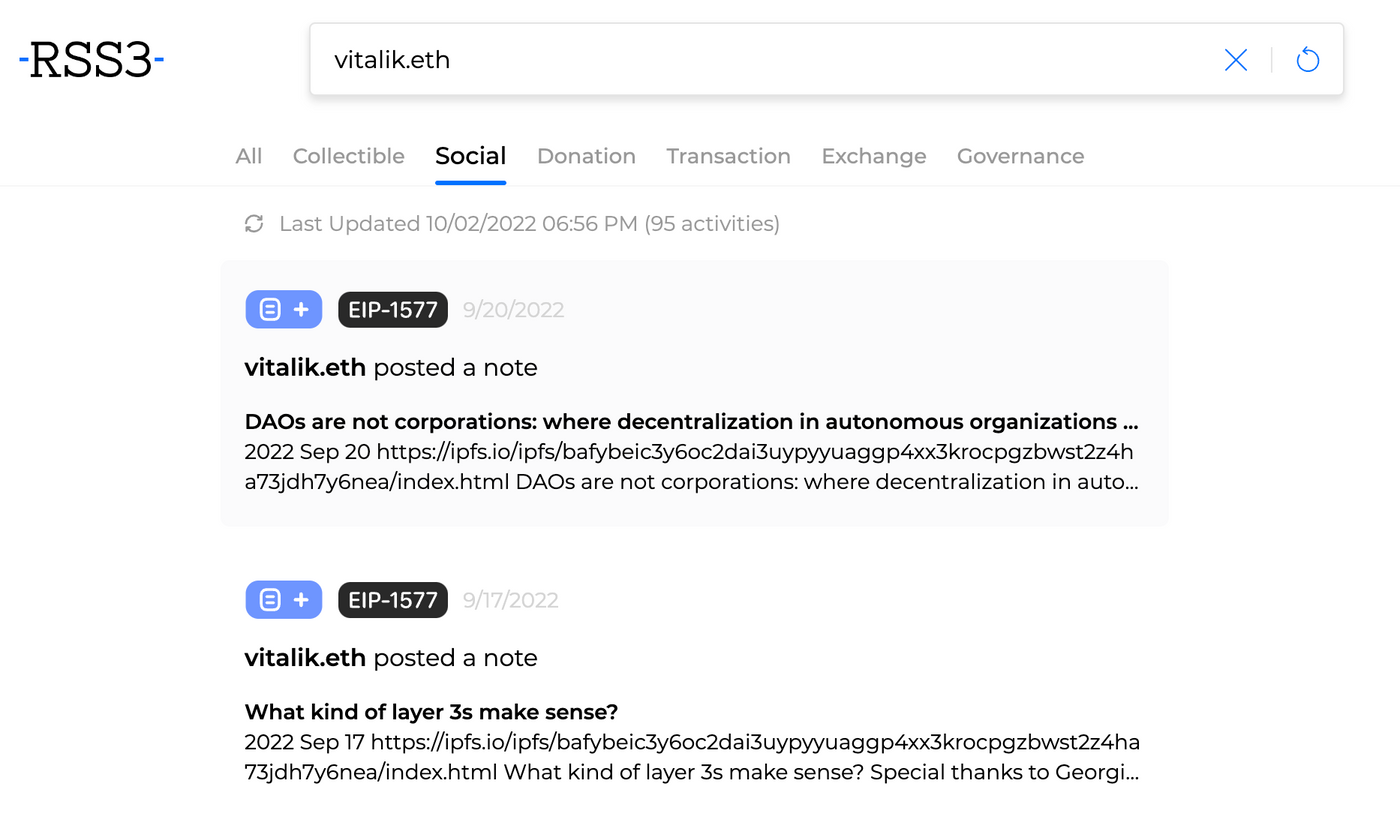
5. RSS3
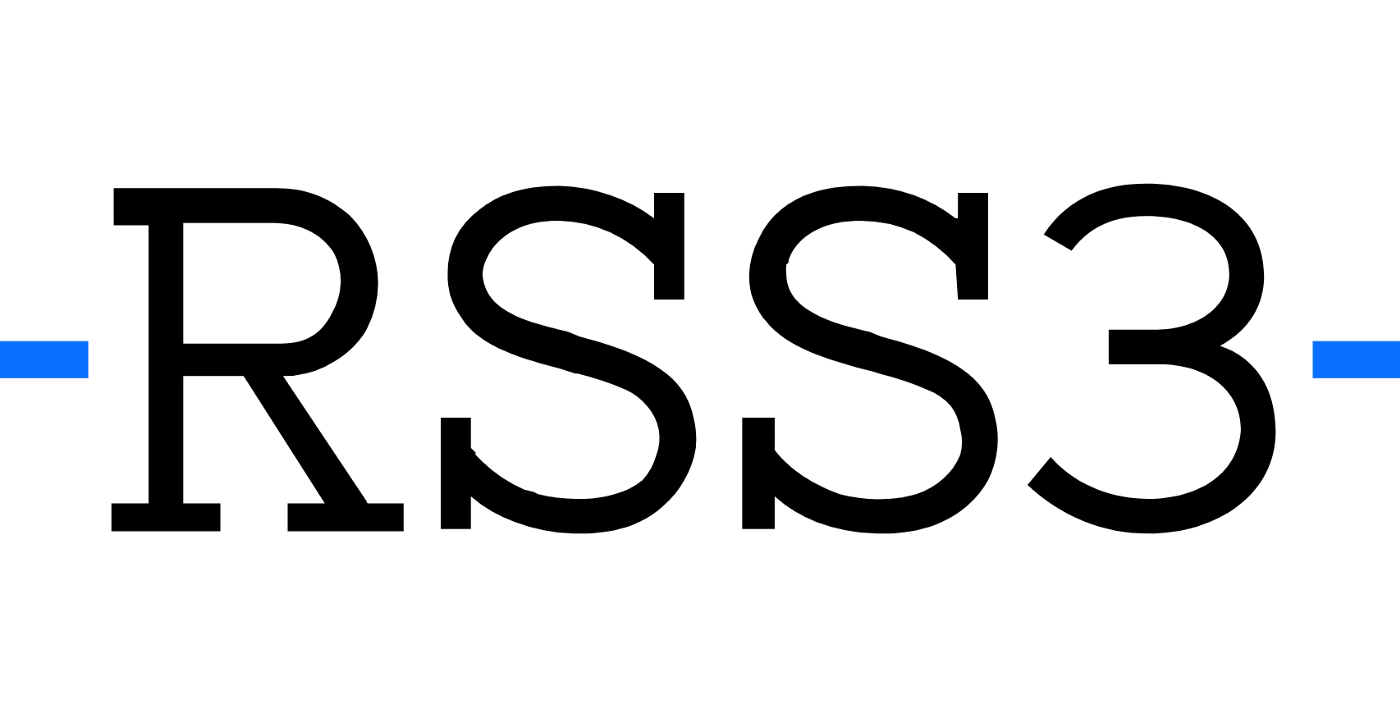
Anti-Platform Decentralized Radicalists
RSS3 is a particularly radical anomaly in the web3 field. When various web3 applications imitate the web2 service enclosure as the king, and try to improve the DAU (daily active users) of the platform, RSS3 advocates that all platforms have their limitations and should be It is a middleman that can be omitted. Only by returning to the era of self-operated and independent users can we realize the real web3 and achieve real decentralization and user freedom.
On the basis of this kind of thinking, the distinctive Web3.0 technology is naturally brought out. RSS3 focuses on solving the technical difficulties of "pre-Web2.0": "How to be heard by other users while maintaining user autonomy ”, and “How to use blockchain technology to enable individual users who do not have personal servers to easily operate their own websites and maintain maximum autonomy.”
How to achieve content diffusion without a platform
Regarding the first communication issue, RSS3 proposes the RSS3 open source agreement based on RSS to provide a platform-free tracking subscription service similar to RSS. Due to the openness of Web3's blockchain activities, all on-chain activities, after being classified and converted by RSS3, can become traceable RSS content composed of natural language. Information producers on the chain can communicate with readers, such as RSS. Feed establishes a direct relationship without any intermediary services of social platforms.

RSS3.io is the realization of this communication technology, you can enter any ENS here, you can view and RSS feed its on-chain activities.
Leveraging blockchain for maximum user autonomy and ownership
In response to the second publishing problem, RSS3 launched the open source xLog on-chain blog service, which is more decentralized than Mirror. Users can publish content to both IPFS and EVM blockchain Crossbell for free, and provide highly customizable services. Personal blog pages with customized styles, URLs, and navigation bars, and these customized settings are stored on the blockchain.
See < The first open source on-chain blog system xLog >
How to Publish with the xLog Blog
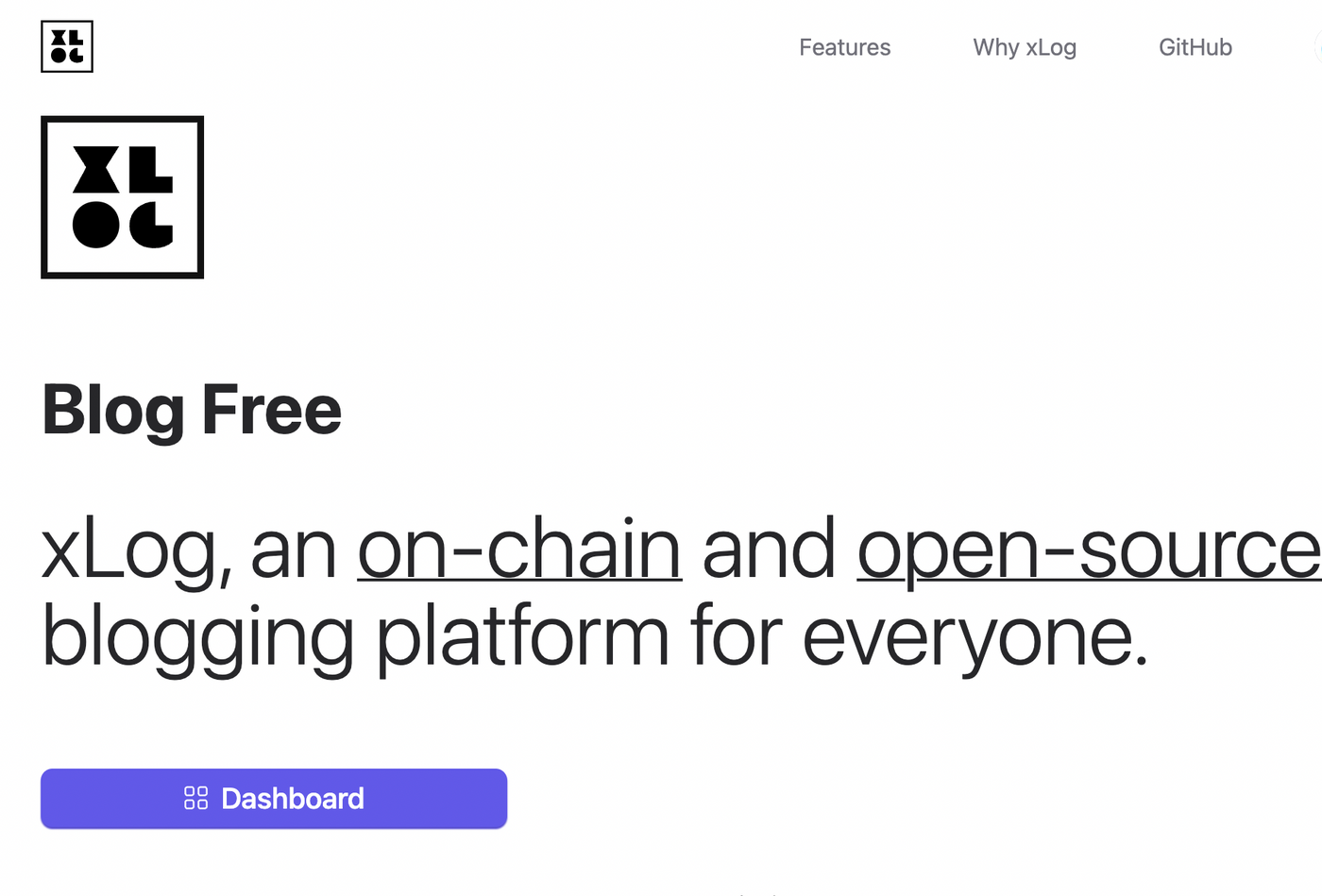
As long as users log in with ENS and receive free CSB, they can publish and make changes on the Xlog blog. Although many operations will require the use of CSB verification, the function of CSB Token here is not so much a currency, but more like a beacon certificate for operating the blockchain. After using it up, you can go to the Crossbell faucet and collect it again, in terms of transaction fees. There is absolutely no need to worry or feel distressed.
Crossbell Faucet
Just enter the ENS address to get CSB for free
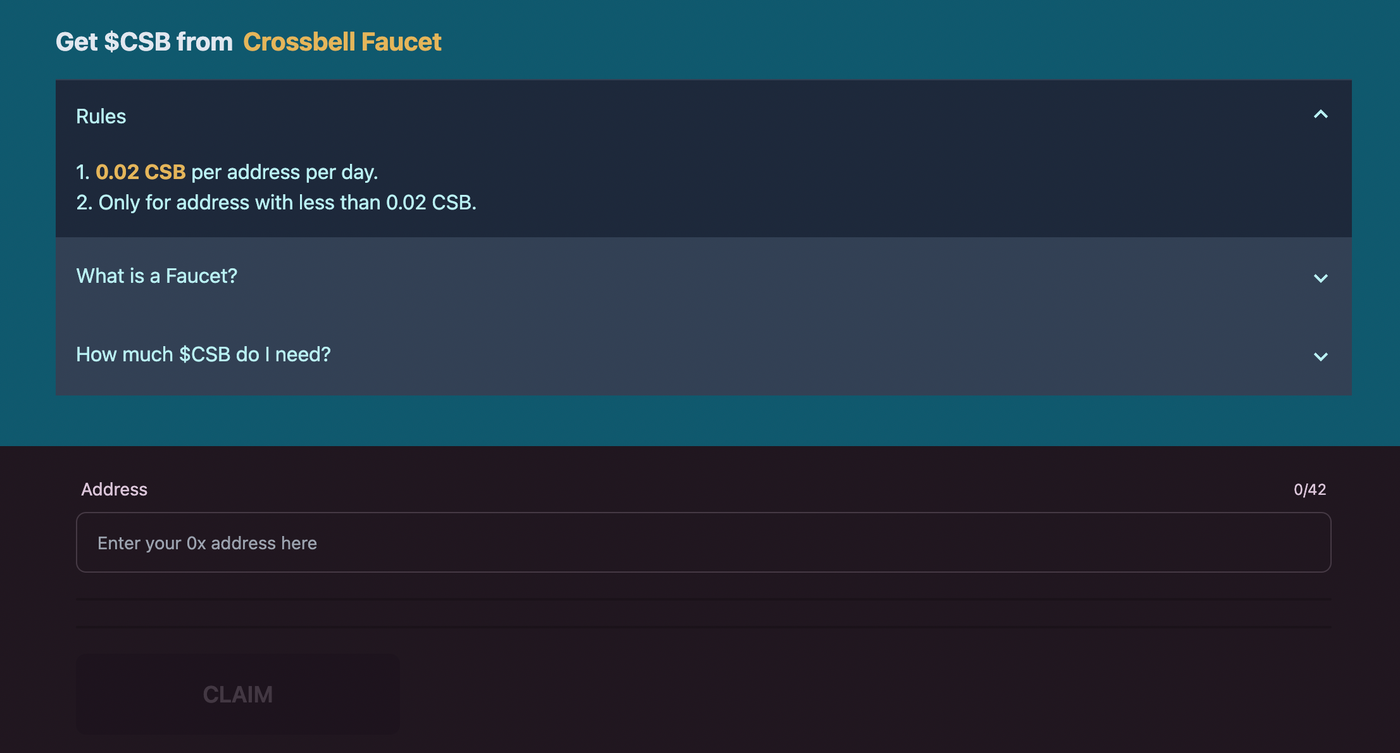
The Internet Utopian Future of Small Countries and No People
At present, there are not many users of the RSS3 ecosystem, but the strong technical strength of open source development of the RSS3 team (refer to the GitHub of its core developers), as well as the fundamental and pragmatic ideal of decentralized network technology, and the development attitude of friendly users, The future can be expected. To some extent, RSS3, a small country with few citizens, is more in line with my personal imagination of the future of Web 3.0 than the emerging community platform empire with the new skin of web3.
in conclusion
The above are a few social applications and tools that I personally think are worth paying attention to at present in Web3.0, from the publishing platform Mirror, which is currently dominant in the currency circle but has poor experience, to Lens, which is still buried in the ground but includes a large number of web3 developers, and compromises Matters of ideology, all the way to the decentralized jihadist RSS3, personal opinions welcome your free sharing and comments.
Like my work?
Don't forget to support or like, so I know you are with me..
Comment…